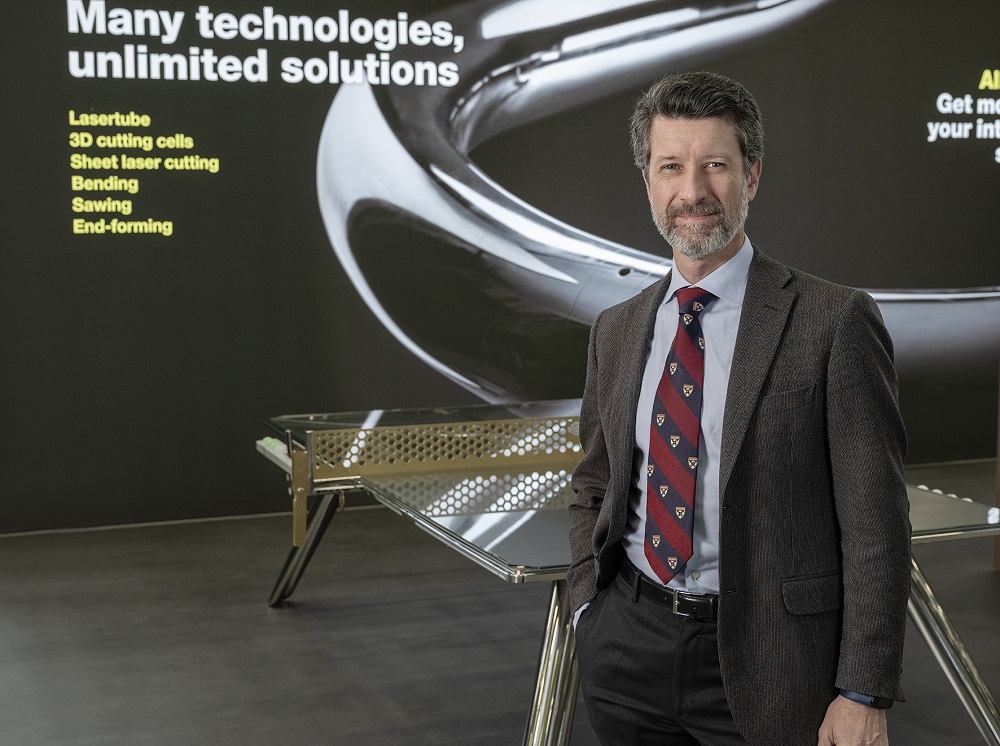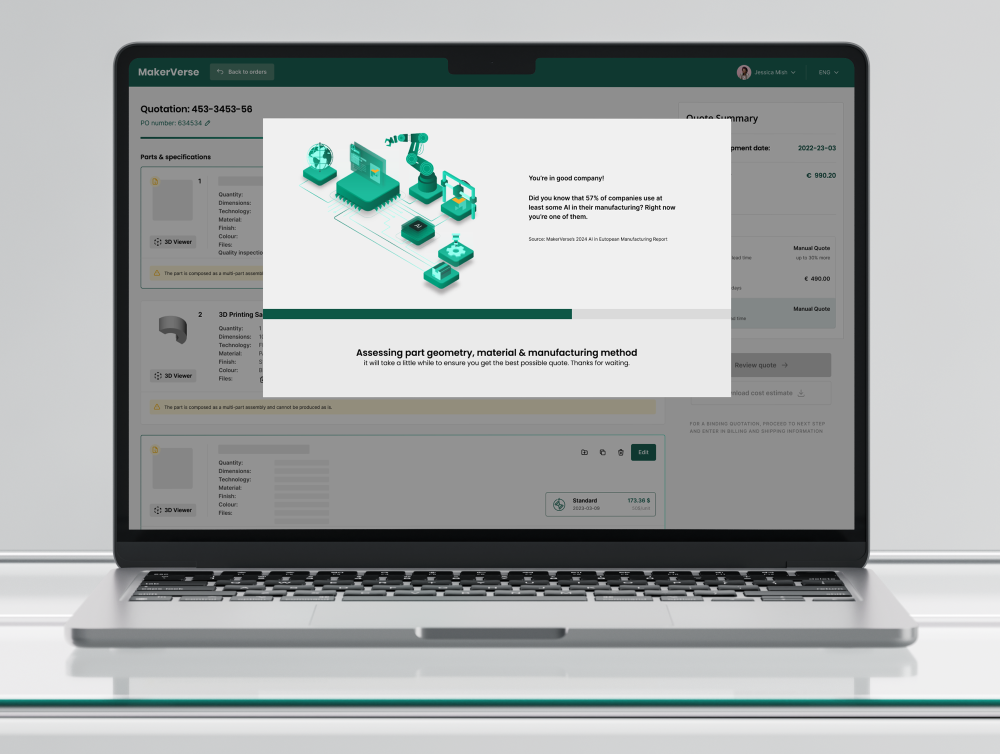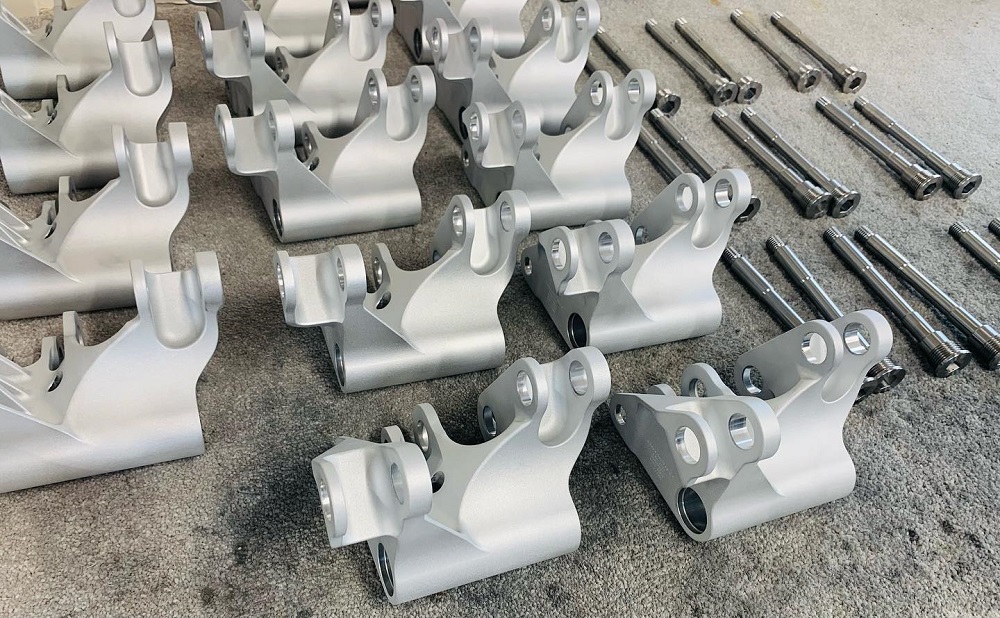Open Mind, creator of HyperMill CADCAM, not only presented enhancements to its
software at the recent AMB exhibition in Germany, but also its range of services –
everything from practical training courses to solution concepts for process optimisation.
Visitors to the trade fair could see three workstations demonstrating how HyperMill can
create a connected, digitalised manufacturing environment. Important aspects to this
journey include the Hummingbird MES (Manufacturing Execution System), HyperMill
automation technologies and the virtual machine.
At AMB, Open Mind CADCAM innovation highlights included HyperMill turning
solutions. This innovation is also an example of working with digital twin technology: lathes
with turrets and Siemens control systems where all tools are mapped in detail
in HyperMill Virtual Machining.
An agile manufacturing execution system such as Hummingbird MES helps companies
optimise production processes. According to Open Mind, the tool allows the utilisation of
resources in the best possible way, supported by increased productivity. Hummingbird MES
is a flexible solution that offers modules and system components for entry into digitalisation
through production management.
“HyperMill is a crucial piece of the puzzle for ensuring future-oriented and connected
manufacturing,” explained Jasmin Huber, director of marketing and communications at
Open Mind Technologies AG. “End-to-end digitalised processes are the key to optimisation
of the entire value chain. We enjoyed showing trade fair visitors how a high degree of
digitalisation has a positive impact on production. At the same time, this can effectively
counteract the shortage of skilled workers, as well as time and cost pressures.”
More information www.openmind-tech.com



















